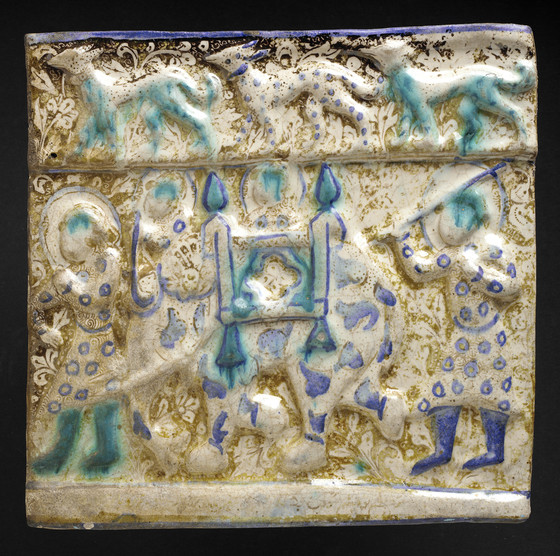Frieze Tile with Elephant and Rider

Please log in to add this item to your gallery.
View comments
No comments have been posted yet.
Add a comment
Please log in to add comments.
Please log in to add tags.
* Nearly 20,000 images of artworks the museum believes to be in the public domain are available to download on this site.
Other images may be protected by copyright and other intellectual property rights.
By using any of these images you agree to LACMA's Terms of Use.
Frieze Tile with Elephant and Rider
Iran, probably Takht-i Sulaiman, 1270s
Ceramics
Fritware, overglaze luster-painted
11 x 11 1/4 in. (28 x 28.6 cm)
The Nasli M. Heeramaneck Collection, gift of Joan Palevsky (M.73.5.222)
Not currently on public view


